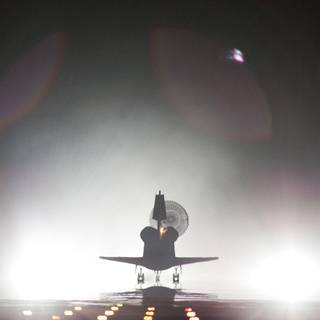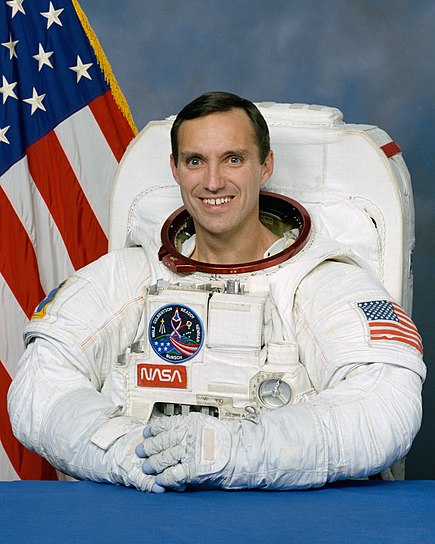Speaking to Legionnaires and Club member guests, the retired Air Force colonel said he lost 20 pounds of muscle mass and three percent of his bone density during his longest stay in space despite doing daily exercises. While some astronauts have experienced eye problems after extended flights, Walz said his health has been fine. He quickly recovered lost muscle, but it took three years to recover lost bone mass. Thanks to improved exercise equipment, he said astronauts now return to earth stronger than when they left.
The former test pilot flew on four different shuttles. His first launch on Discovery in 1993 was scrubbed three times before getting off the ground. The third scrub came just three seconds before scheduled blastoff.


